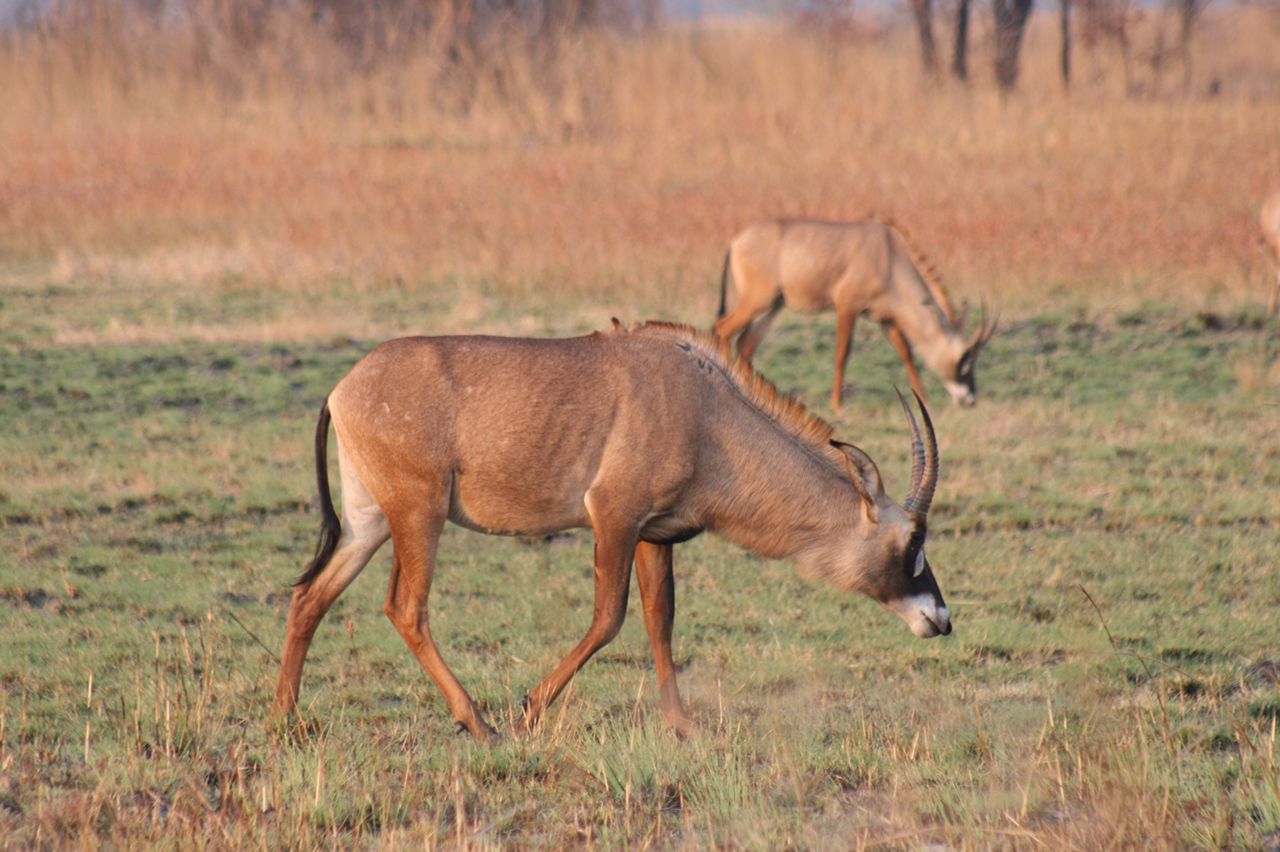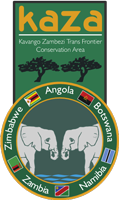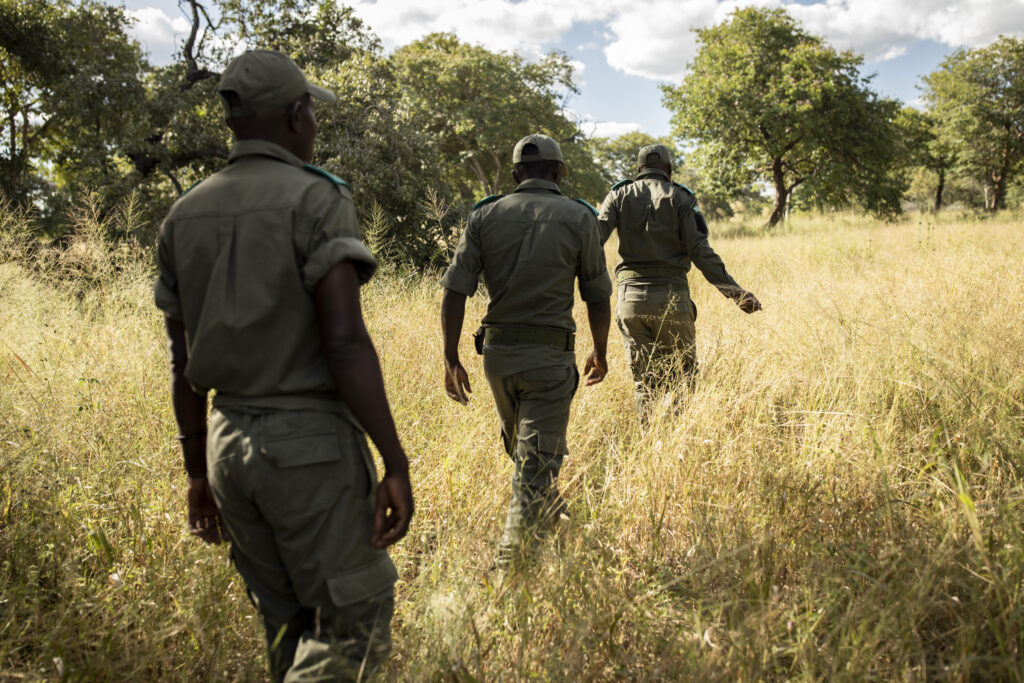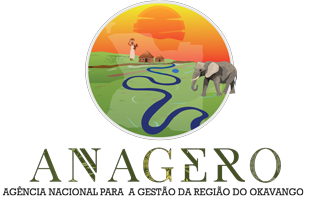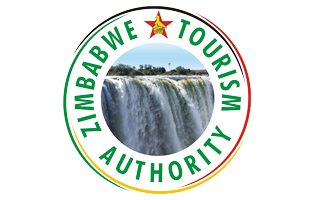There are 2 great wilderness areas in the Angolan sector of Kavango-Zambezi and these are the Luengue-Luiana National Park and sitting just north, the Mavinga National Park.
Intrepid travellers have been exploring Luengue-Luiana for the last 10 years as one of Africa’s final wilderness areas however Mavinga still remains very untouched and undiscovered to tourism though it is home to a few local communities. Mavinga is a vast wilderness area of 46,000 square km’s and like all of the Kavango Zambezi region, it is blessed with several rivers including the Cuando and Lomba Cariei. Locals call it “The Land at the end of the World.”
The park is located in the province or Cuando Cubango, sharing its eastern border with Zambia, a remote wilderness of leafy miombo woodland once teeming with wildlife. This wilderness is slowly being restored and protected through improved park management.
Interest from conservationists has been growing due, in large part, to the fact that the country contains much of the watershed of the great Okavango Delta, which provides drinking water to a million people in southern Africa and supports some of the planet’s largest concentrations of wildlife, highlighting the great importance of the Kavango Zambezi Trans Frontier Conservation Area.
The Okavango Delta, located in northern Botswana, is one of the largest freshwater wetlands in southern Africa, it falls within the larger Okavango River Basin which spans the countries of Angola, Namibia and Botswana and is one of Africa’s richest places for biodiversity—home to over half of the remaining African elephants as well as populations of lions, leopards, wild dogs, buffaloes, giraffes, hippos, and rhinos. The Okavango-Zambezi Water Tower, a huge peatland plateau north of the Mavinga National Park, which mainly feeds water into the Cuito River, is crucial to the water balance in the Okavango Delta. This region’s vast landscape of lakes, peatlands, miombo woodlands, and rivers provides sanctuary for a high concentration of biodiversity. Protecting this water tower—known by the Luchaze people as Lisima Iya Mwono, or “Source of Life”—is fundamental to the future of the Okavango, Kwando, and Zambezi rivers.
The ultimate goal in this important journey is to have a fully functioning national park in the south east of Angola where humans and wildlife live in harmony and conservation and tourism restore this beautiful park to its former glory, welcoming back the large herds of elephants that once roamed freely and peacefully.
